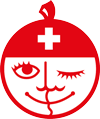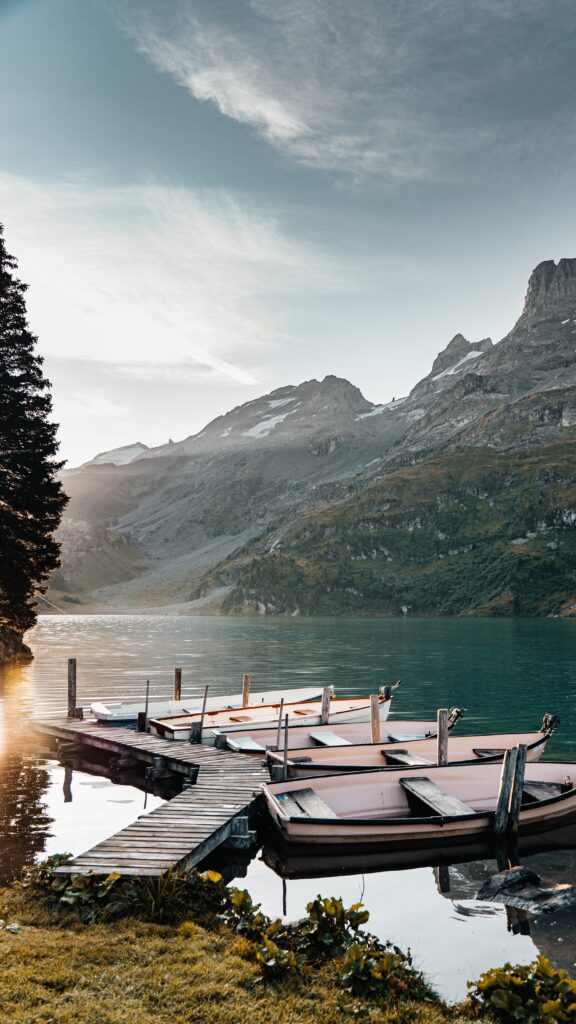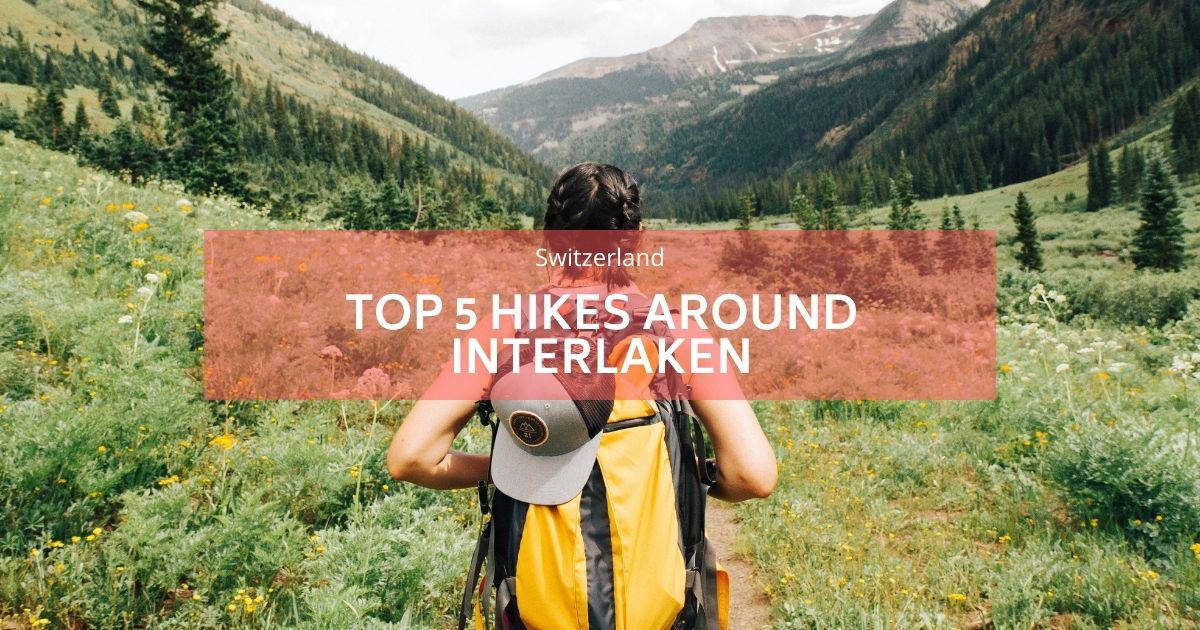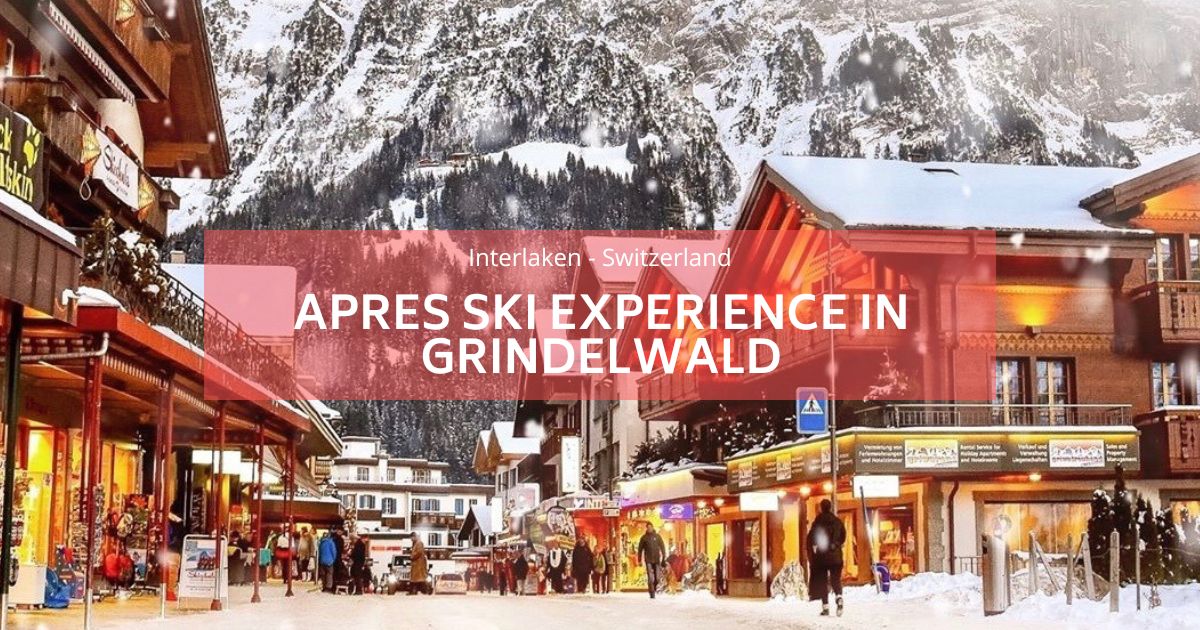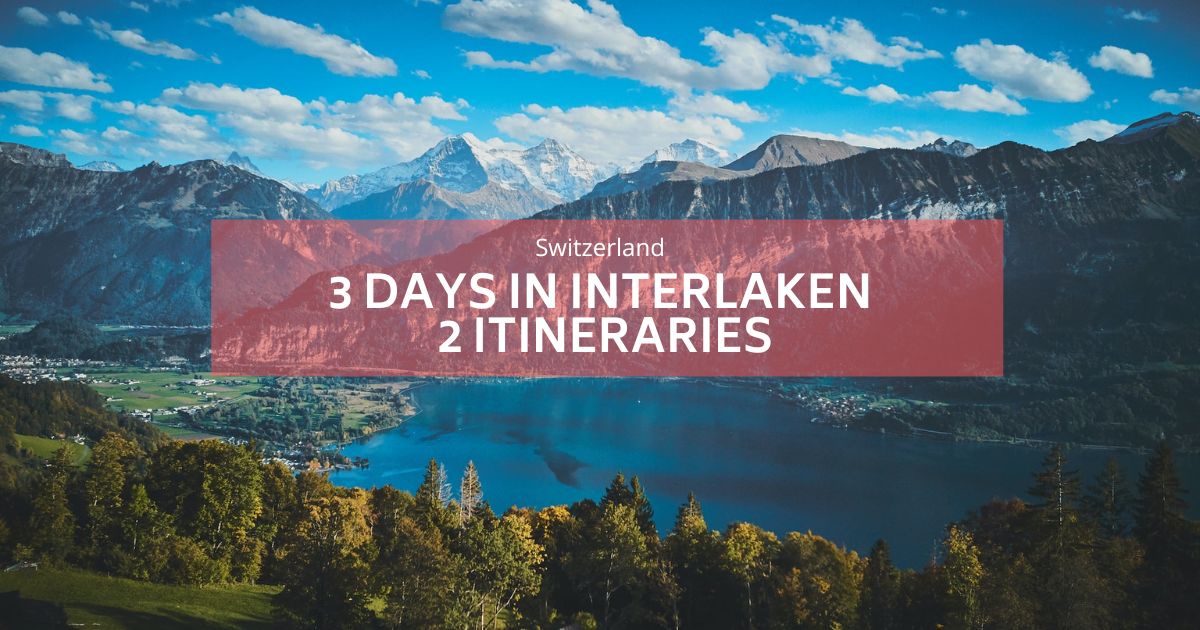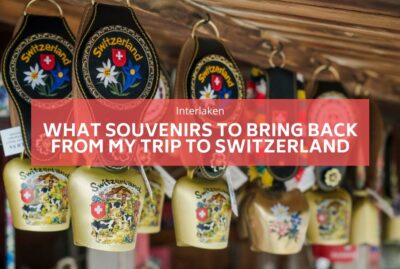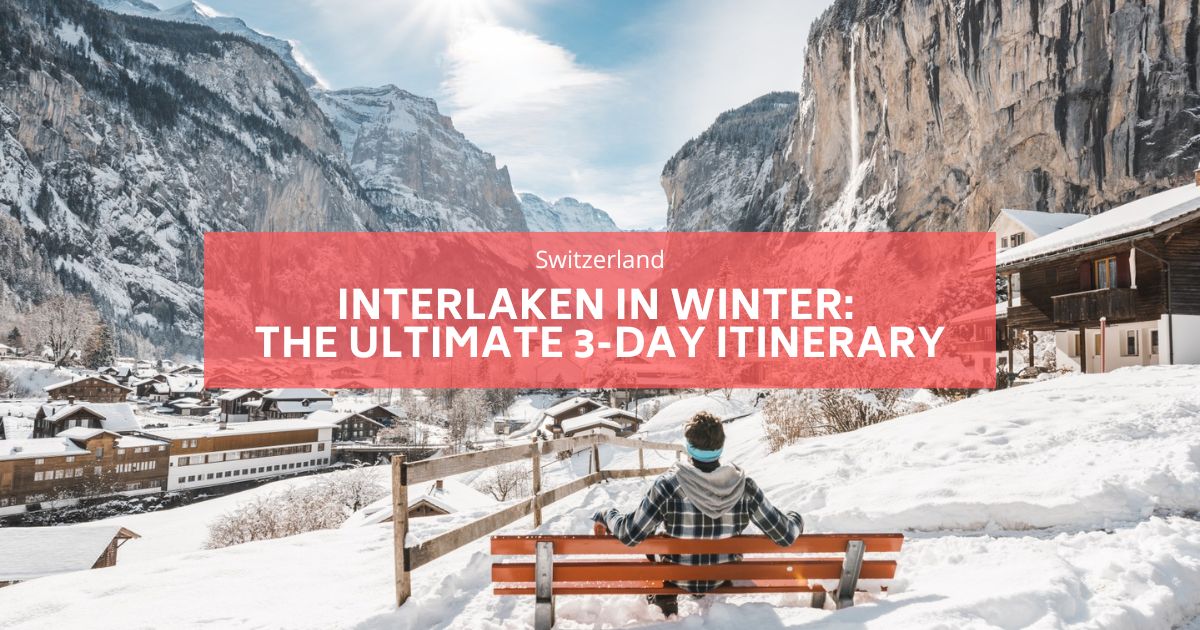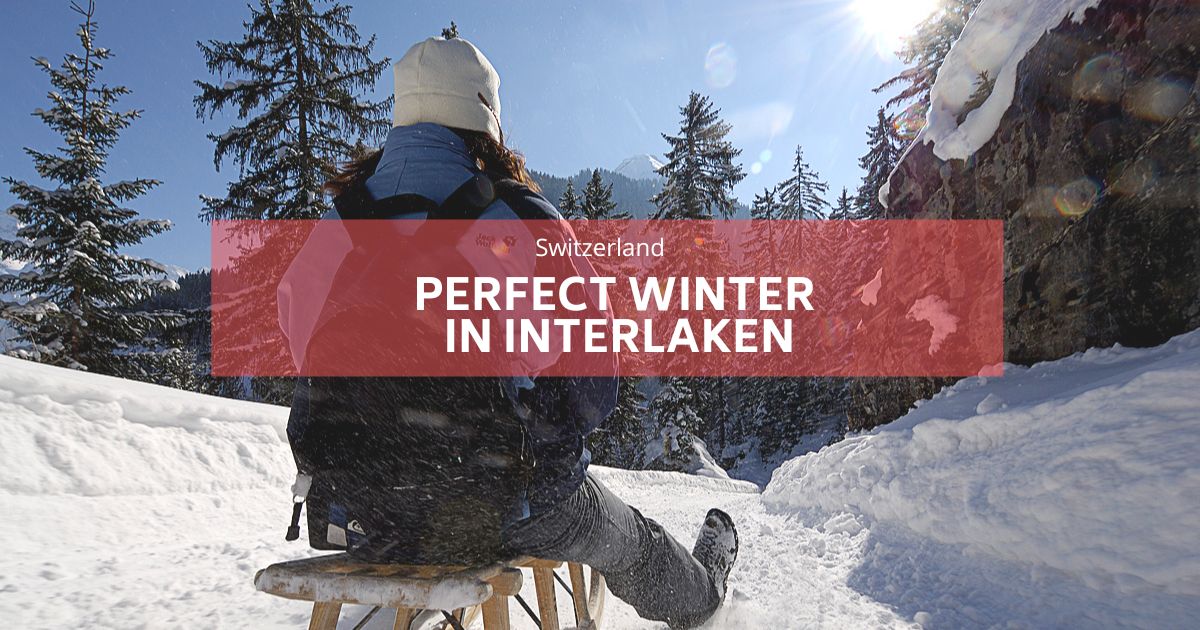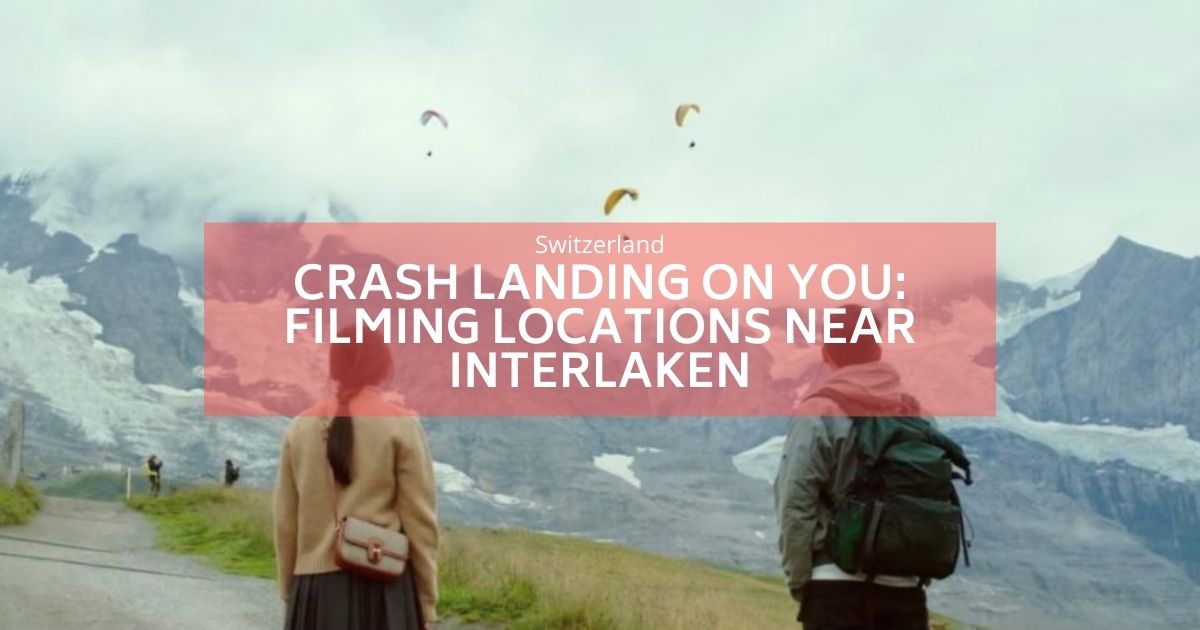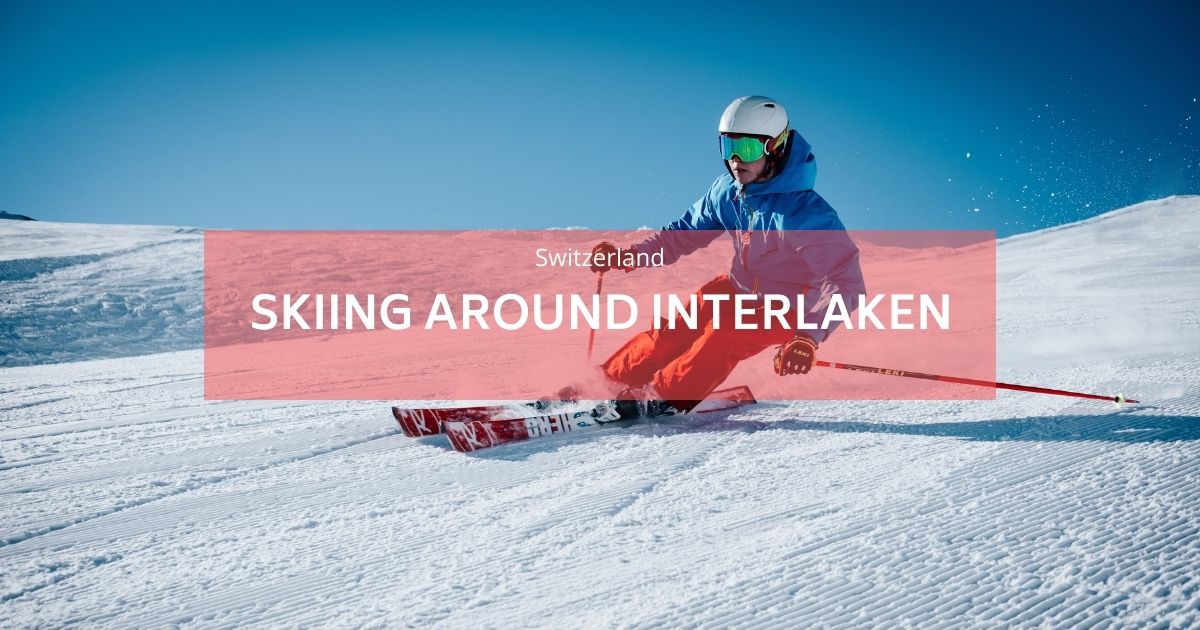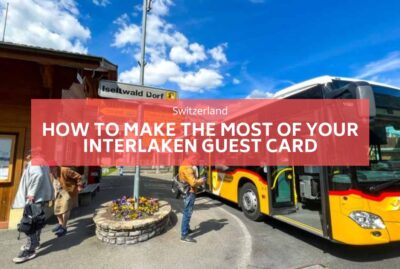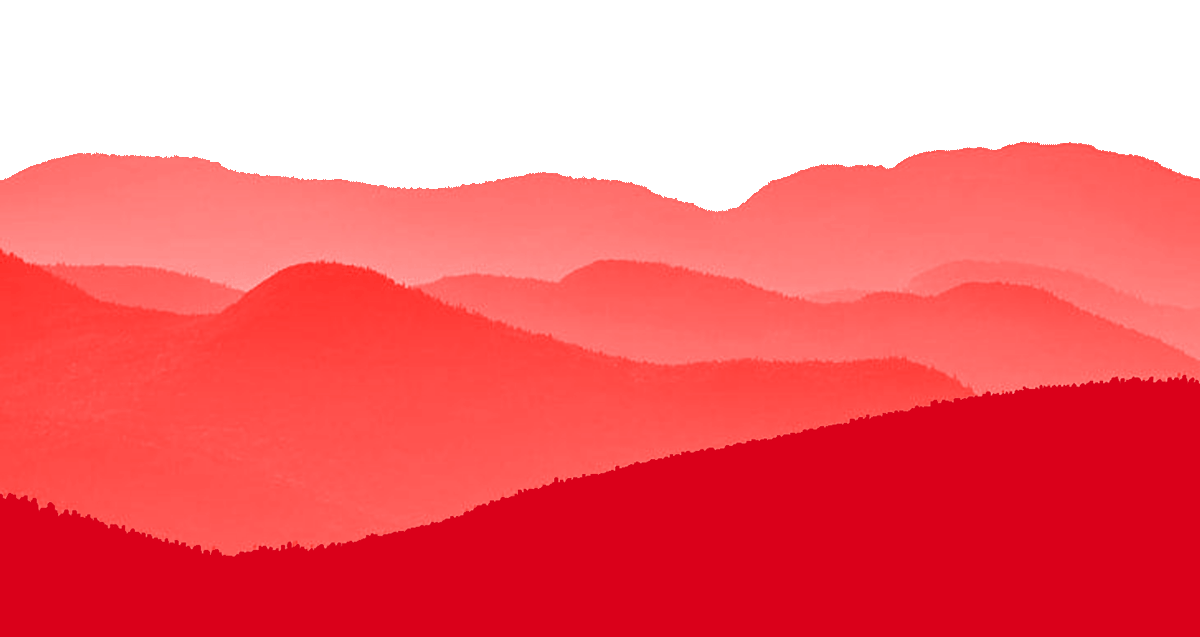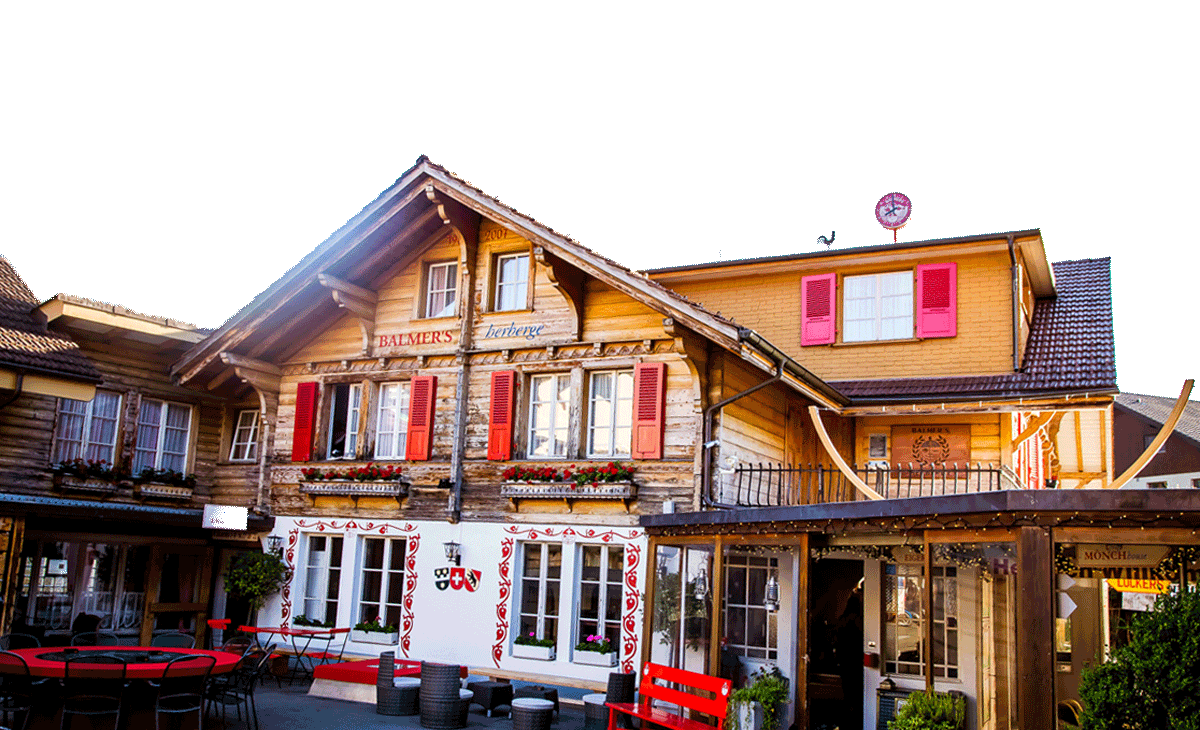Visitare Interlaken è prendere una boccata d'aria fresca sulle vette alpine, ma è anche lago dalle acque pure e cristalline. Qual è il lago di montagna più bello della regione di Interlaken? Tutte hanno qualcosa di magico, tra la superficie a specchio che riflette le montagne e l'acqua turchese.
I 6 migliori laghi di Interlaken
1. Lago di Thun
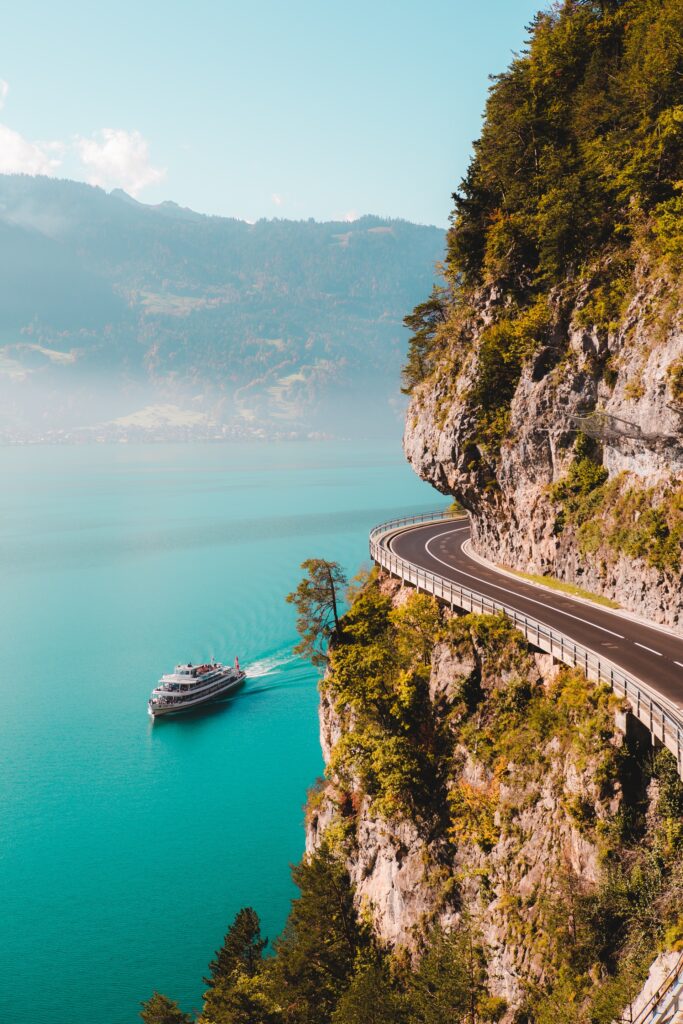
Se hai la possibilità di andare a Thun, il lago offre molteplici attività come crociere e altre attività acquatiche. il panorama è favoloso e la vista sulle montagne è superba. Sulla riva del lago ci sono molti posti e villaggi carini che meritano una deviazione.
2. Brienzersee
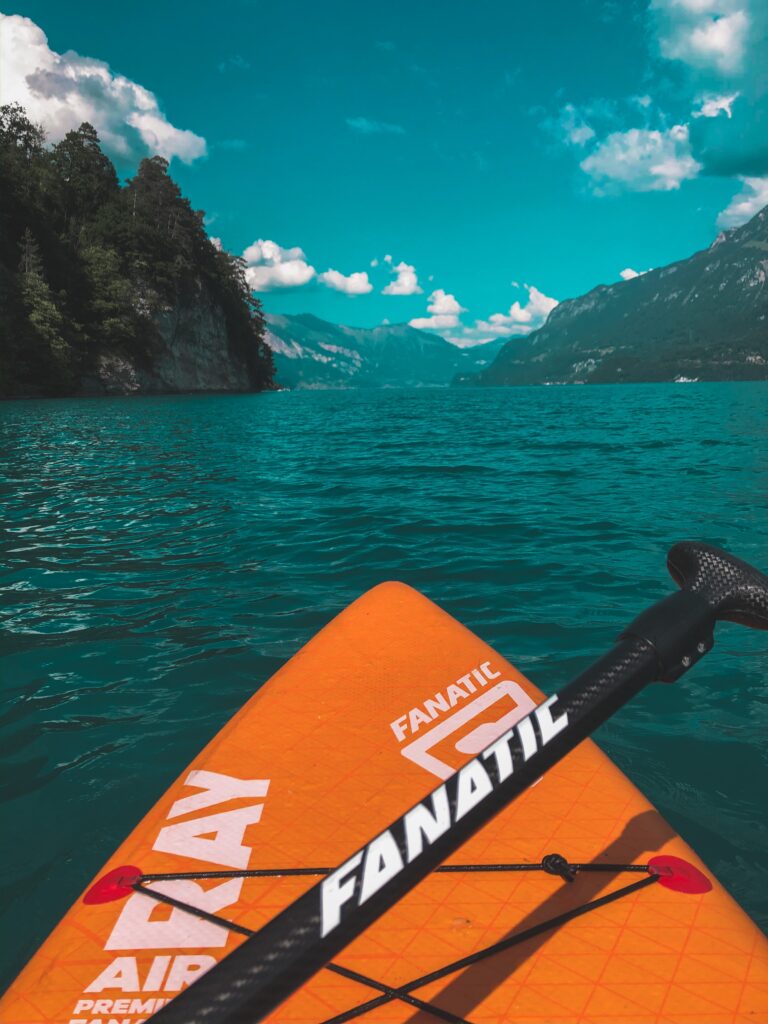
This village of Brienz just over 3,000 inhabitants has not only given its name to Lake Brienz, but it is home to the most famous wood-carving school in the country, if not the world. And that's why you find lots of beautiful wooden structures throughout the village.
Sempre vicino al Lago di Brienz potete visitare Isletwald dove si trova il castello Schloss Seeburg. Partendo da Isletwald potete fare un'escursione alle cascate del Giessbach e godervi la vista dell'intero lago.
3. Camicetta
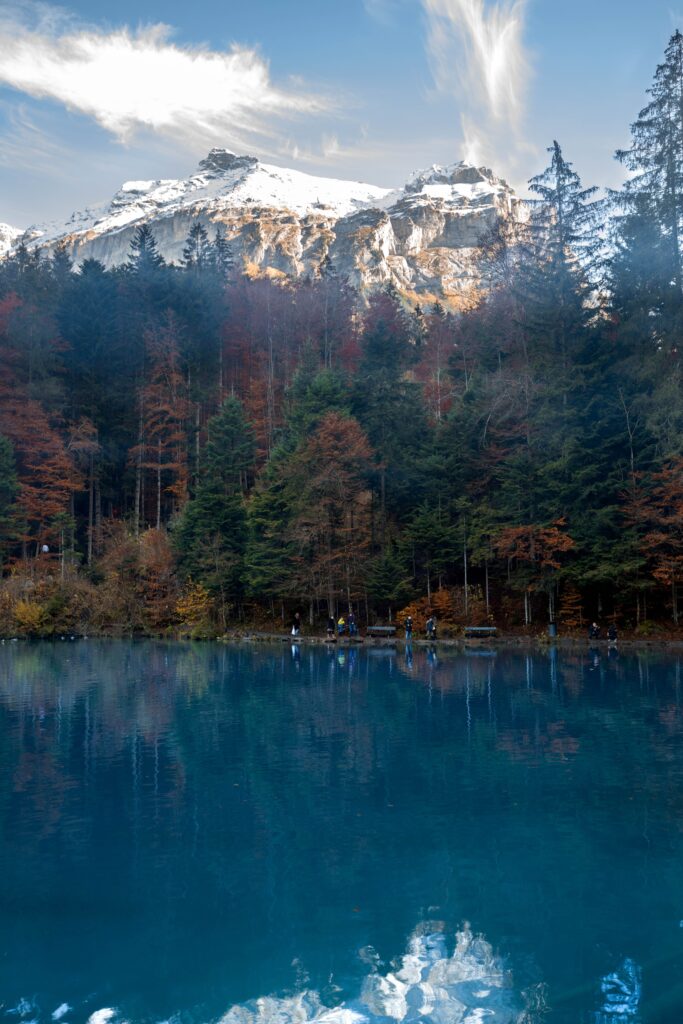
Di tutti i laghi intorno a Interlaken, il Blausee è uno dei più belli. La leggenda dice che lo straordinario colore blu del Blausee nasce dalle lacrime di una giovane ragazza, morta di crepacuore. In realtà si tratta dell'acqua cristallina di una sorgente sotterranea, che rende Blausee perfetto per gli amanti delle belle foto.
Il posto è magico e merita una passeggiata nel bosco così come tutto intorno al lago dove sono stati organizzati tanti spazi con giochi, panchine, tavoli da picnic... D'altronde è meglio sapere che il posto è molto frequentato (e turistico) quindi meglio privilegiare la visita non appena apre o meglio ancora. Puoi passare la notte lì per avere il lago quasi tutto per te quando il parco chiude le porte ai visitatori.
Il Blausee è noto anche per la piscicoltura dove vengono allevate deliziose trote biologiche, che potrete gustare nel ristorante in riva al lago o in numerosi ristoranti nei dintorni (soprattutto ad Adelboden). Questo è il motivo per cui purtroppo è vietato farci il bagno.
4. Bachalpsee
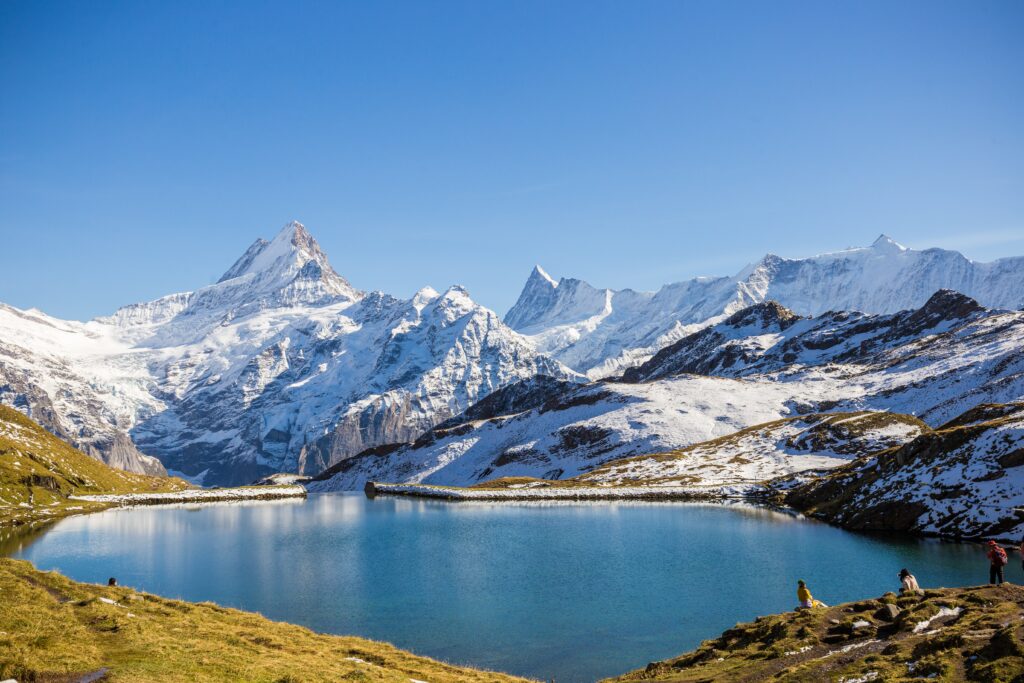
Uno dei luoghi più belli di questa regione è il Lago Bachalp (Bachalpsee o Bachsee) situato a 2.265 m s.l.m. all'altezza del paese di Grindelwald. Per arrivarci bisogna prendere il treno da Interlaken-Ost a Grindelwald. Poi con la cabinovia fino alla stazione a monte Grindelwald-First, punto di partenza per l'escursione al Lago Bachalp. Appena arriverai, scoprirai un ambiente eccezionale. Il panorama delle montagne è mozzafiato. Dalla stazione della cabinovia è sufficiente un'ora per raggiungere il Lago Bachalp. Una volta lì, vi consigliamo di proseguire a piedi fino all'altra estremità del lago. L'escursione è molto impegnativa, ma poche persone continuano così lontano. Dall'altro lato la vista sul lago Bachalp e sulle montagne è ancora bella. Un vero e proprio dipinto da contemplare con le marmotte come unica compagnia.
5. Lago Oeschinense
Tra i piccoli gioielli del paese c'è ovviamente il lago Oeschinensee, nella regione di Kandersteg.
Ci sono due possibilità per arrivare al Lago Oeschinen. In macchina recatevi al parcheggio della funivia di Kandersteg. Il parcheggio è abbastanza grande e vi costerà solo 5 CHF al giorno (un prezzo conveniente per un parcheggio svizzero!) Da lì avete diverse opzioni per raggiungere il lago:
- Opzione per grandi escursionisti: indossate le vostre migliori scarpe da trekking, affrontate la camminata di 5 km e 500 metri di dislivello che vi porteranno al lago, a 1578 metri di altitudine. Ci vorranno tra 1h45 e 2h di cammino per raggiungere la tua destinazione.
- Opzione escursionista domenicale: Per 26-30 CHF andata e ritorno (bassa/alta stagione) la funivia vi porterà in vetta in modalità sforzo zero/panorama pazzesco al 100%. Il piccolo tragitto in funivia è carino e offre panorami molto belli. Una volta in cima, una bella passeggiata di una ventina di minuti vi porterà al lago.
6. Engstlensee
Questo lago dalla splendida posizione è raggiungibile con un'escursione di 4 ore dalla stazione a monte di Planplatten. Questo bacino naturale non è solo bello da vedere, ma apporta anche benefici alle comunità circostanti. Una parte viene sfruttata e continua a produrre a valle elettricità verde rispettosa della natura.
